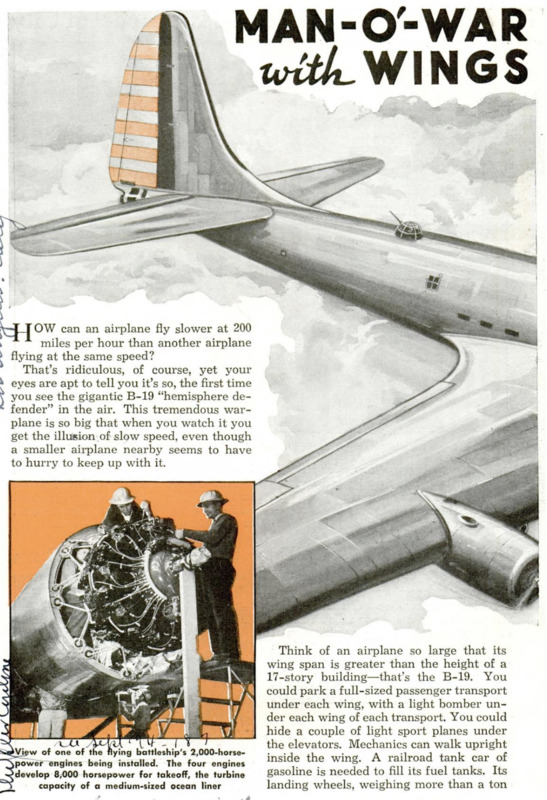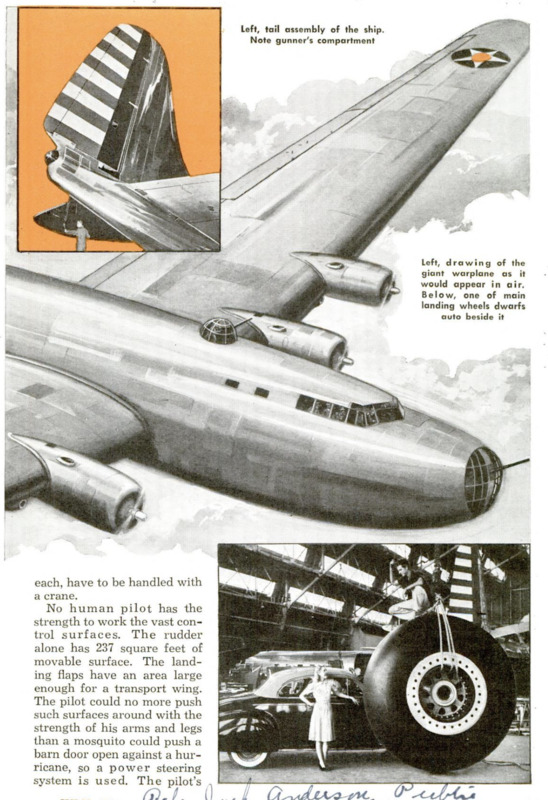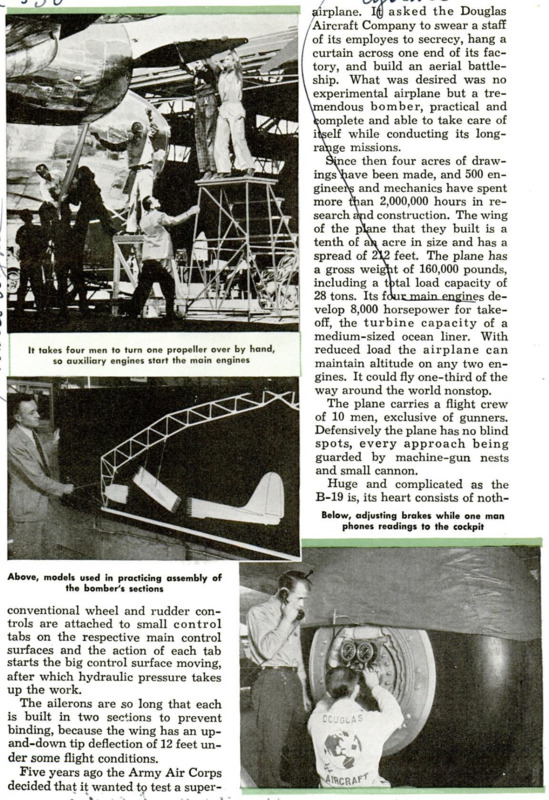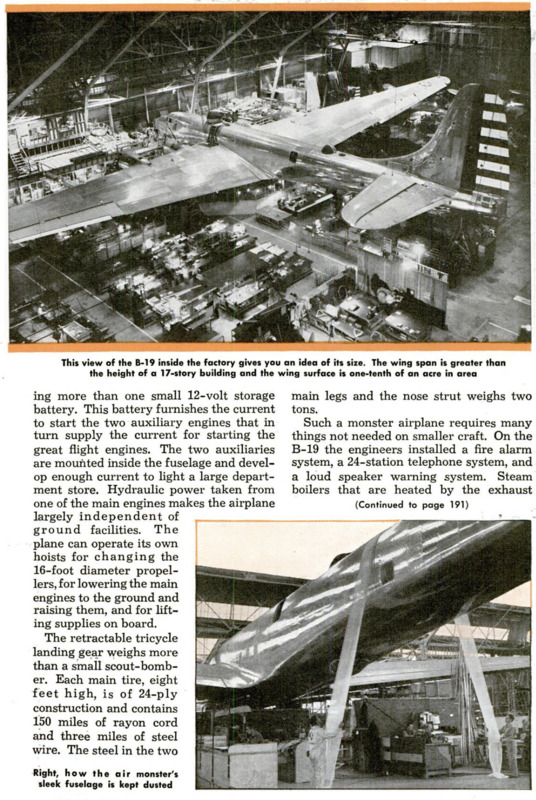Man-O'-War with Wings
Contenuto
- Titolo
- Man-O'-War with Wings
- Article Title and/or Image Caption
- Man-O'-War with Wings
- Lingua
- eng
- Copertura temporale
- World War II
- Data di rilascio
- 1941-07
- pagine
- 8-11, 191
- Diritti
- Public Domain (Google digitized)
- Sorgente
- Google books
- Archived by
- Enrico Saonara
- Alberto Bordignon (Supervisor)
- Copertura territoriale
- United States of America








